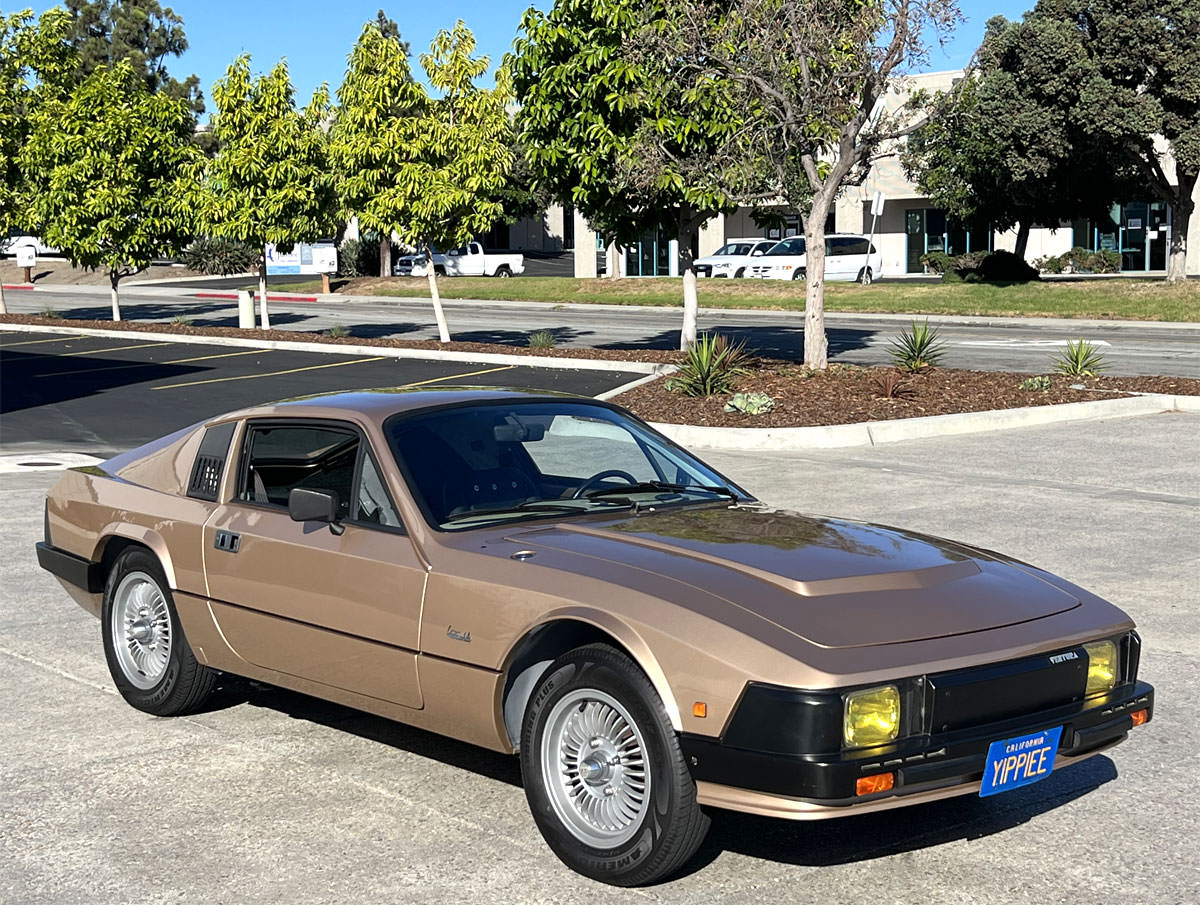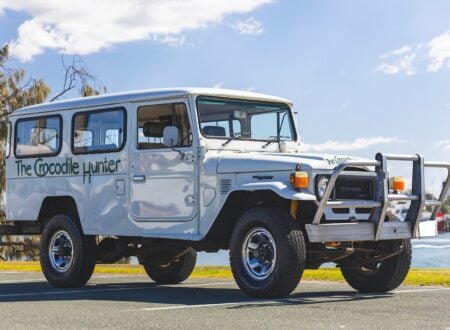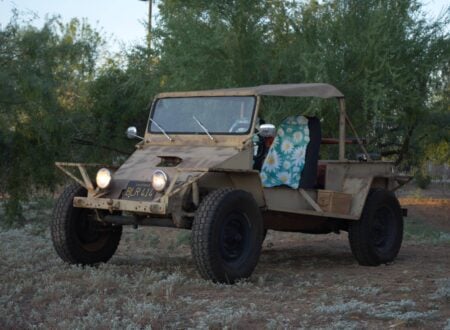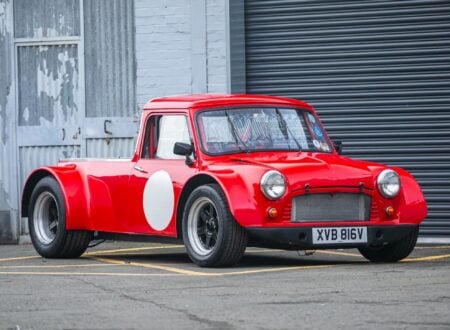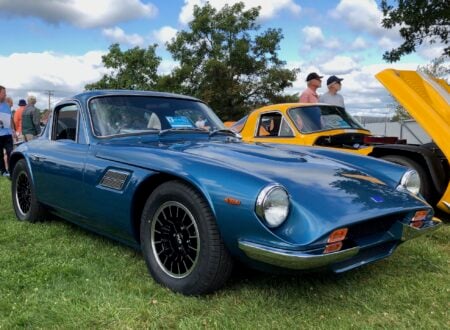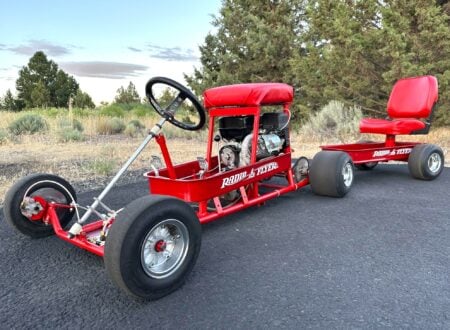This is a rare L’Automobile Ventura, it’s a little-known Brazilian sports car from the 1970s with a lightweight fiberglass body, fastback styling, independent front and rear suspension, and a rear-mounted engine.
Though you may not guess just by looking at it, thanks in part to the long hood, the Ventura is actually based on the VW Beetle platform – as many Brazilian sports cars of the era were.
Fast Facts – The L’Automobile Ventura
- The L’Automobile Ventura is a rare Brazilian sports car from the 1970s, featuring a lightweight fiberglass body, fastback styling, an air-cooled engine, and independent suspension. Though it has a long hood, it’s based on the Volkswagen Beetle platform, like many Brazilian sports cars of that era.
- L’Automobile, founded in 1976 in São Paulo, initially produced a replica of the 1931 Alfa Romeo 8C 2300. The Ventura, their second car, was a more modern design available as both a factory-built car and a kit car, designed to be affordable and easy to build.
- The Ventura was built on a modified VW platform, sharing its engine, suspension, and transmission, which helped reduce manufacturing costs. It competed with other Brazilian sports cars like the Puma, SP2, and Bianco S, and was sold as a kit car in Germany, Argentina, and the U.S.
- The car featured various luxury options like electric windows, air conditioning, and a stereo system. By 1984, a facelifted version with an optional 1.8 liter engine was introduced, producing 84 bhp. Production ended in 1988, and today, most Venturas remain in Brazil.
The L’Automobile Ventura
L’Automobile Distribuidora de Veículos Ltda, better known simply as L’Automobile, started out back in 1976 in São Paulo as one of Brazil’s many homegrown, grass-roots automakers. Their first vehicle was a fiberglass replica of the 1931 Alfa Romeo 8C 2300 sports car, which was built on a Volkswagen chassis.
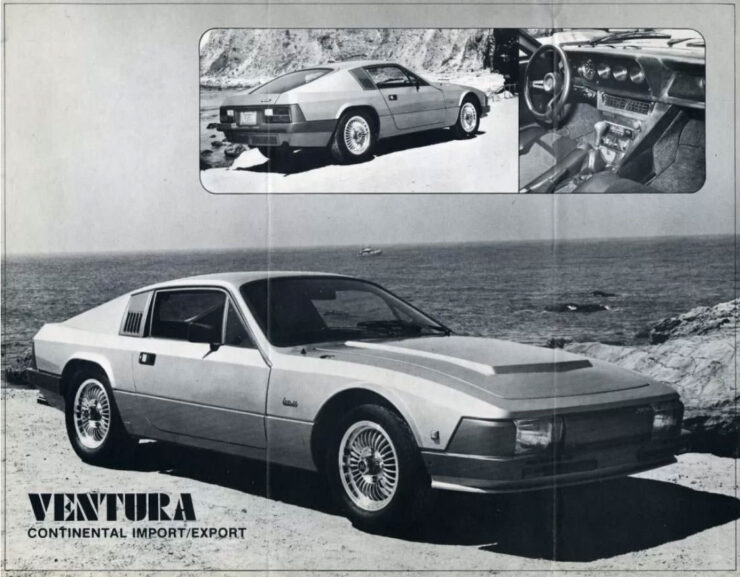

This first model from L’Automobile sold well – well enough for company founders Claudio Campuzzano and Guillermo Pardo to begin making plans for a second model. Rather than looking back at designs from years gone by, they decided to look forward, and design the most modern car they could – both inside and out.
They developed a car that still shared the running gear of the commonplace Brazilian-made Volkswagens of the time in order to ensure it would be both cheap and easy to manufacture. The car would be offered as a turnkey factory-built vehicle, and as a kit car that people could build themselves in as little as a weekend.
A new body was developed with what was considered cutting-edge styling by the standards of the mid-1970s. It was a fiberglass body that the company touted as being built using unibody construction, and the company called it the L’Automobile Ventura.
It featured roll-up windows, seating for two, moderate front trunk space, and a carpeted interior with a padded dashboard, a full assortment of interior panels, three-point seat belts, rear view mirror, windshield wipers, and even a fire extinguisher.
When placing an order, people could also choose from a number of luxury options including electric windows, air conditioning, an AM/FM stereo cassette with 4 speakers and 2 tweeters, and various custom wheels and tires.
The Ventura And The Brazilian Competition
The Ventura would be built on a slightly modified VW platform chassis, this meant that it could keep the pre-existing suspension, brakes, steering, engine, and transmission, vastly reducing the build time. Initially the Ventura was offered in Brazil as a competitor for other locally-built sports cars like the Puma, SP2, Bianco S, and Malzoni GT.
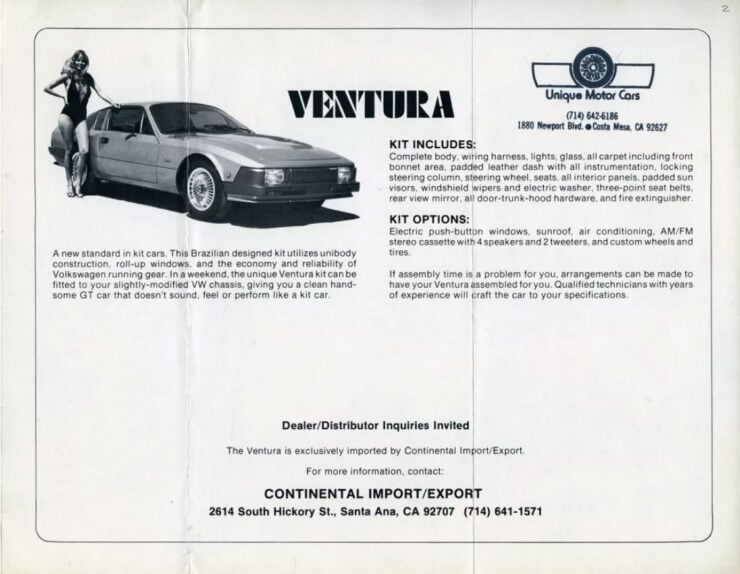

The car would later be offered through distributors in Germany, Argentina, and the United States as a kit car. Though it did sell the figures were modest and as a result, few people outside of Brazil can identify a L’Automobile Ventura on sight.
The Ventura officially debuted in 1978 and was offered in two key variants, the SLE and the RS. The SLE was powered by a 1.6 liter air-cooled VW flat-four, and the higher-performing RS was powered by the more modern, liquid-cooled 1.6 liter VW Passat TS engine.
In 1984 a face-lifted version of the car was released, along with the first ever convertible version. The 1.8 liter air-cooled VW flat-four was offered as an option, and by 1986 it had become the standard fitment. The 1.8 liter engine offered just 84 bhp, up from ~50 bhp on the earlier 1.6 liter models.
These later Venturas were said to be capable of 185 km/h, 115 mph, though some have cast doubt on this claim given the available power and the gearing of the VW 4-speed transaxle.
It’s not known how many examples of the L’Automobile Ventura were made, manufacturing ceased in 1988 after 10 years of production, and today the vast majority of Venturas remain in their native Brazil.
The L’Automobile Ventura Shown Here
The car you see here is an L’Automobile Ventura from 1980. It was repainted gold under previous ownership, and more recently it had its transaxle rebuilt, it was fitted with twin Weber 34 ICT carburetors, as well as a replacement PerTronix distributor, starter, and muffler.
As you would expect for a Ventura, this car was built on a VW platform, and it makes use of the Volkswagen rear brakes, independent front and rear suspension, the rear-mounted, air-cooled flat four, and the VW 4-speed transaxle. Inside you’ll find fixed-back, racing-style bucket seats, Perlon carpets, and a RetroSound stereo head unit.
This car has also been given front disc brakes, 15” turbine-style alloy wheels with 165/80 Americus Touring Plus R201 tires, and VDO instrumentation, making it one of the better specified examples of the rare model that we’ve seen.
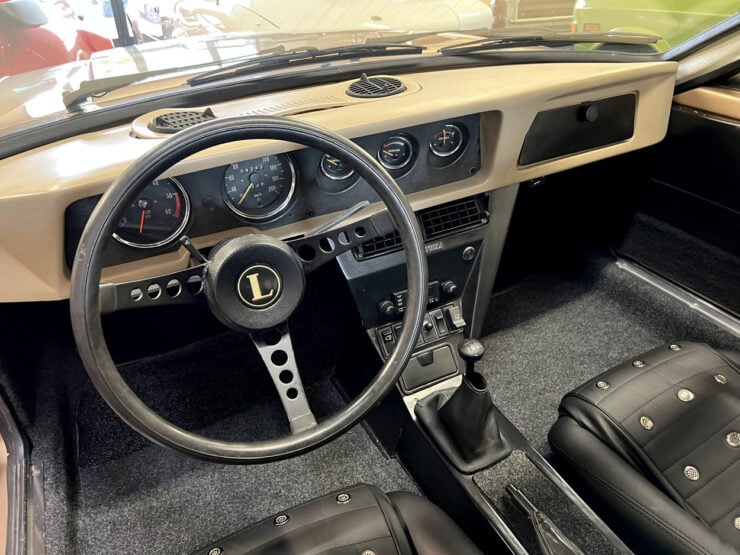

Power is provided by a 1.6 liter version of the Volkswagen Beetle flat-four – these engines respond well to upgrades and an entire industry now exists to supply performance parts. Some owners increase displacement out to 2.2+ liters and spend thousands increasing horsepower and torque – particularly for those engines being fitted to Baja Bug desert racers and high-performance Meyers Manx buggies.
If you’d like to read more about this unusual Brazilian sports car or place a bid you can visit the listing here on Bring a Trailer. It’s being offered for sale out of Ventura, California with a clean California title listing it as a 1971 Volkswagen.
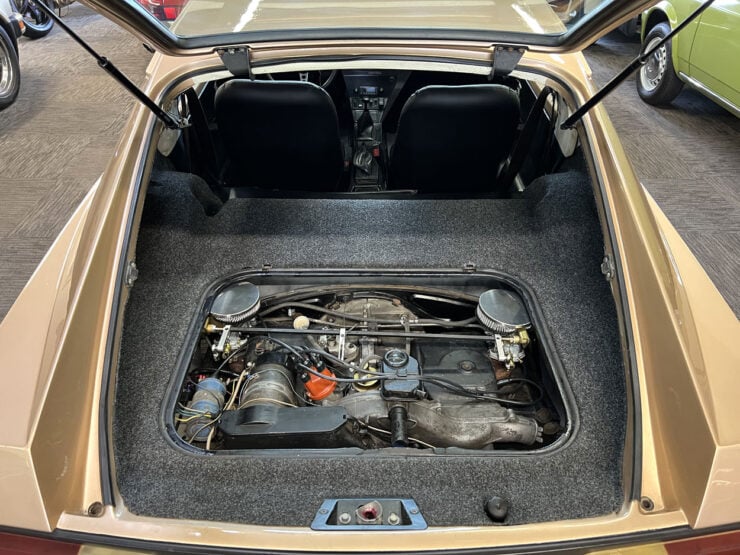
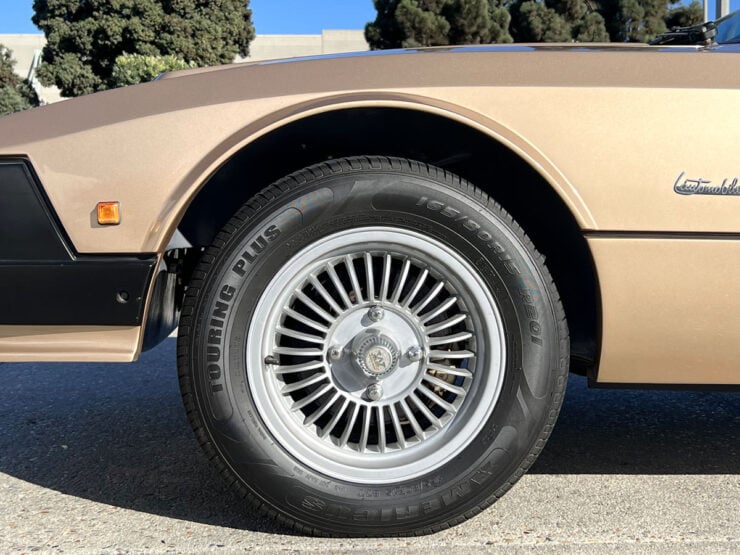
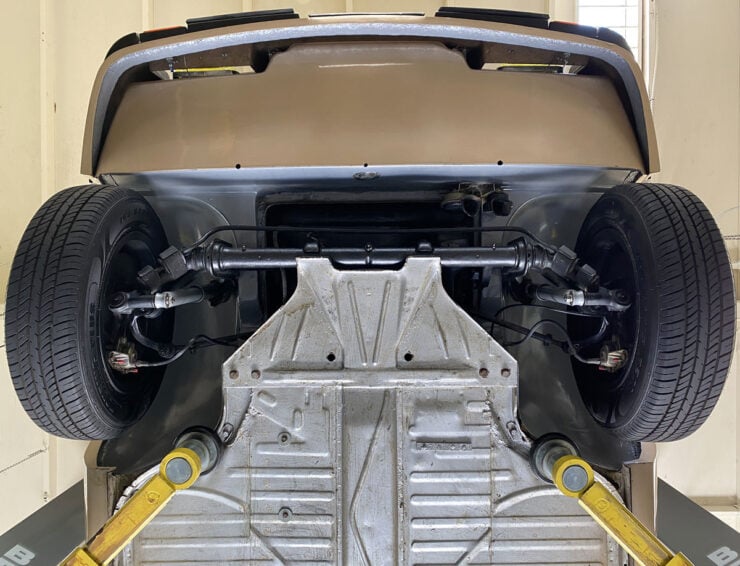
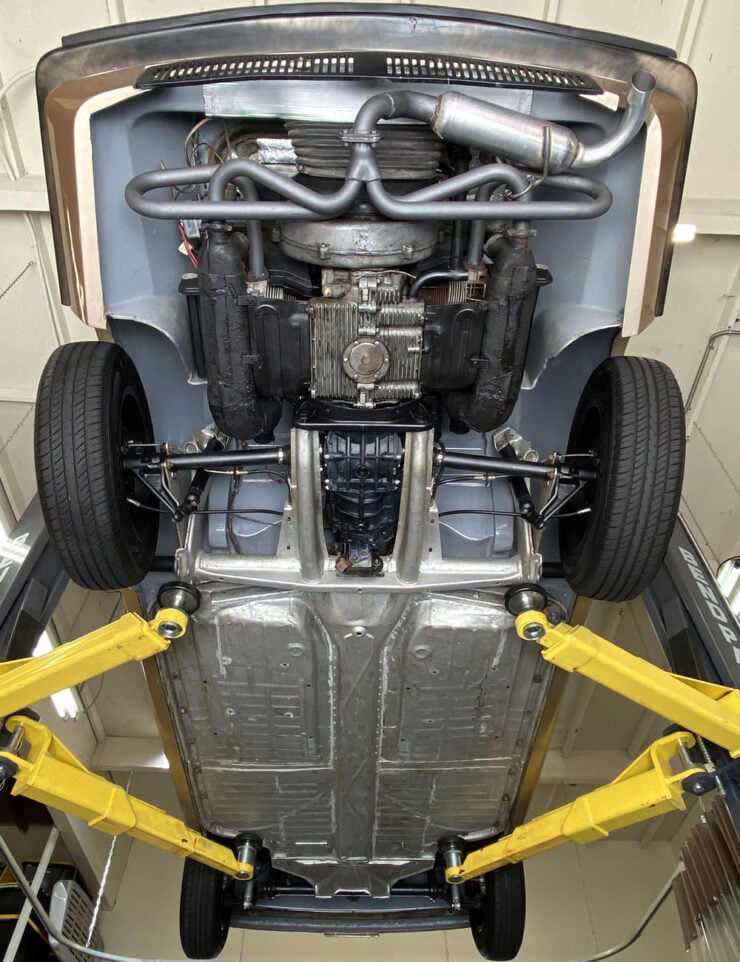
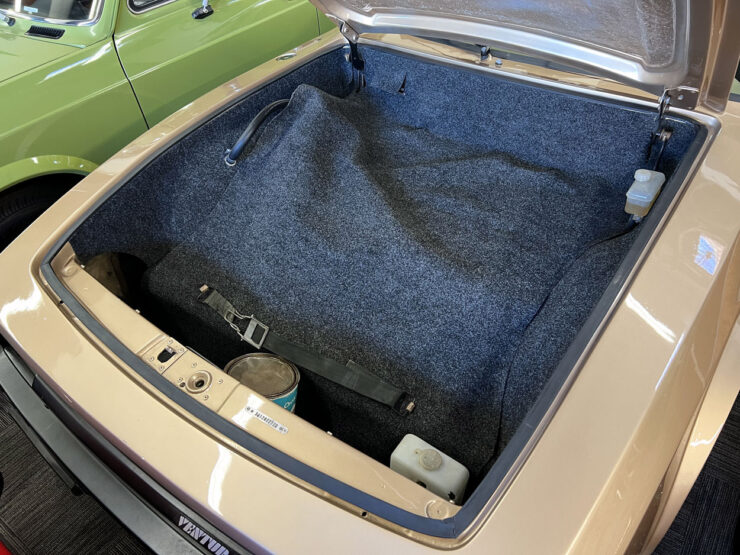
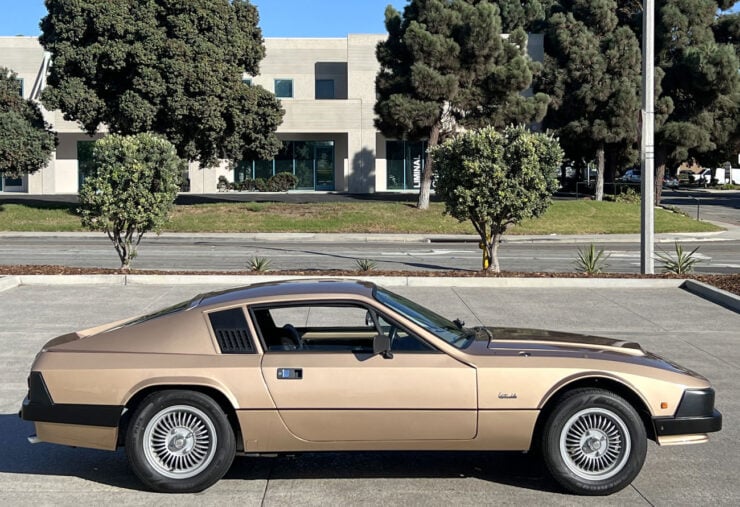
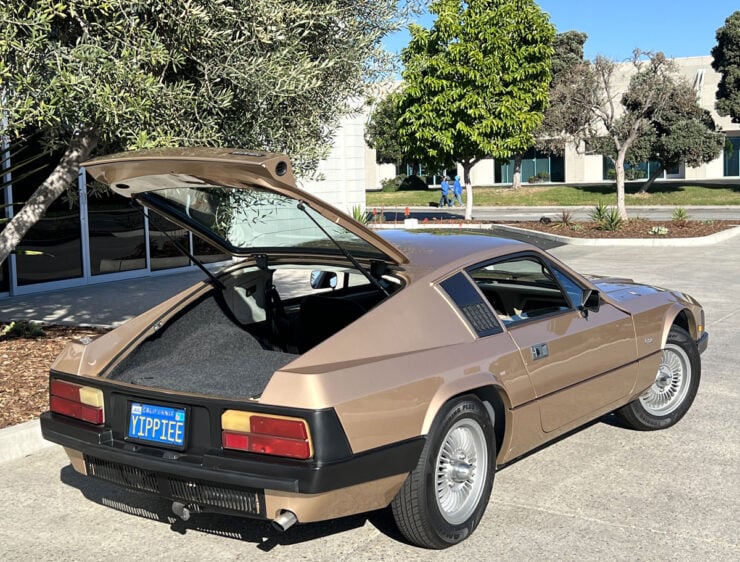
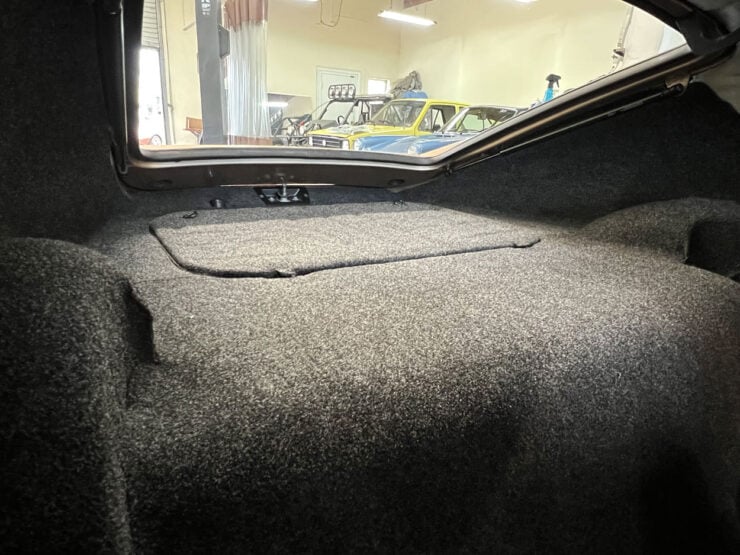
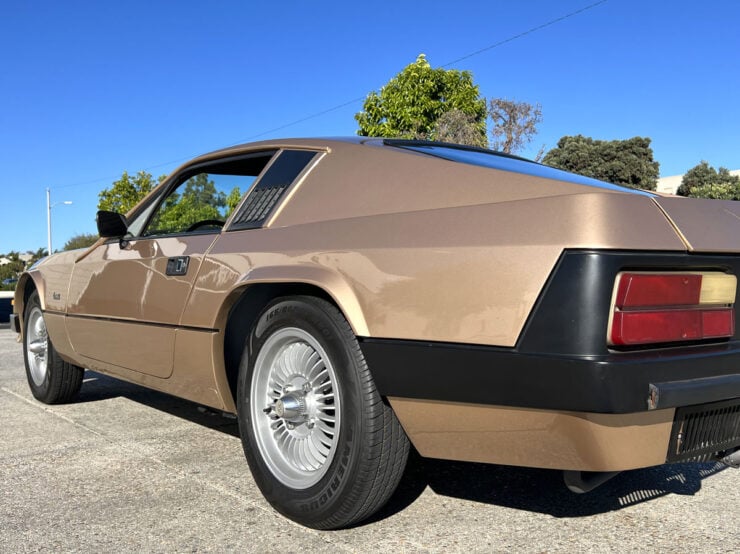
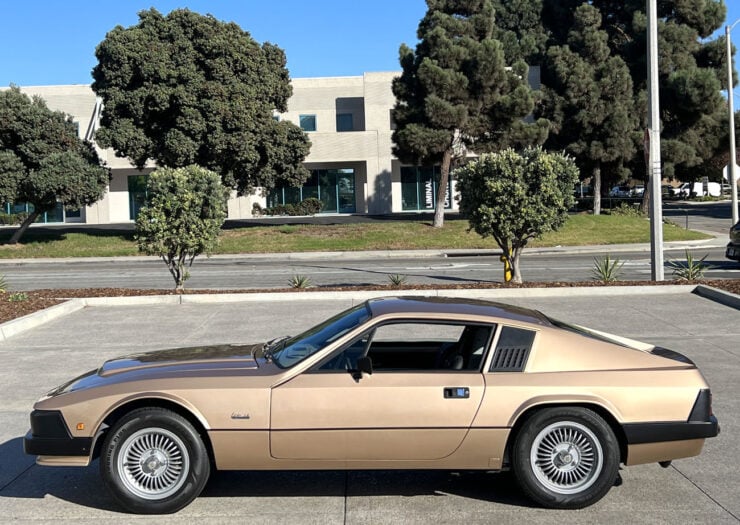
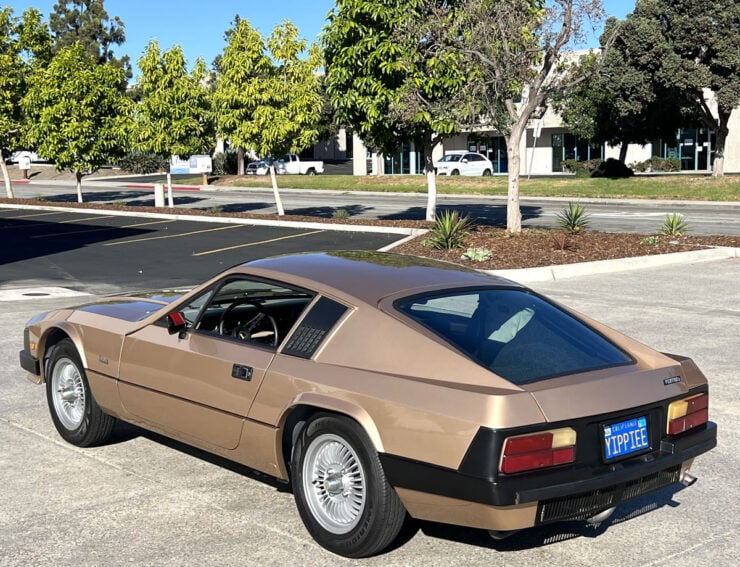
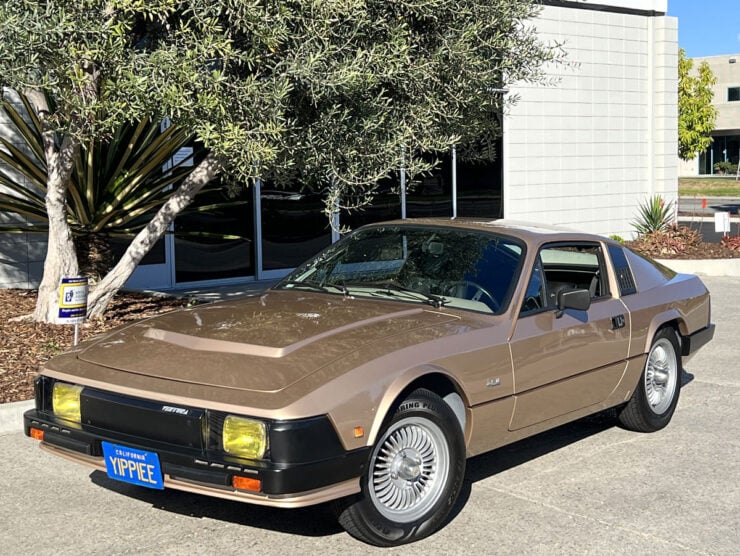

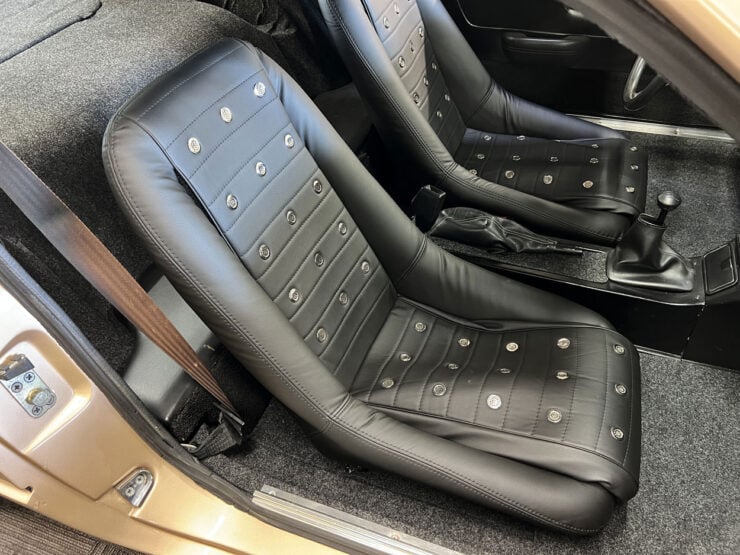
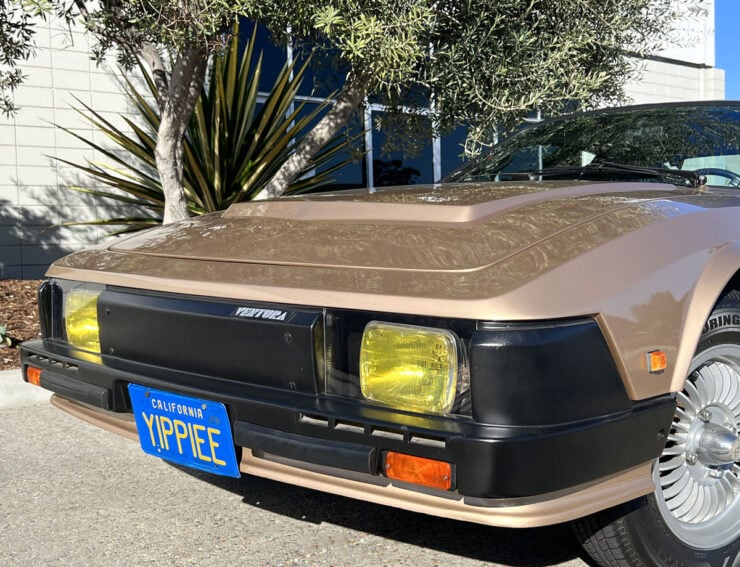
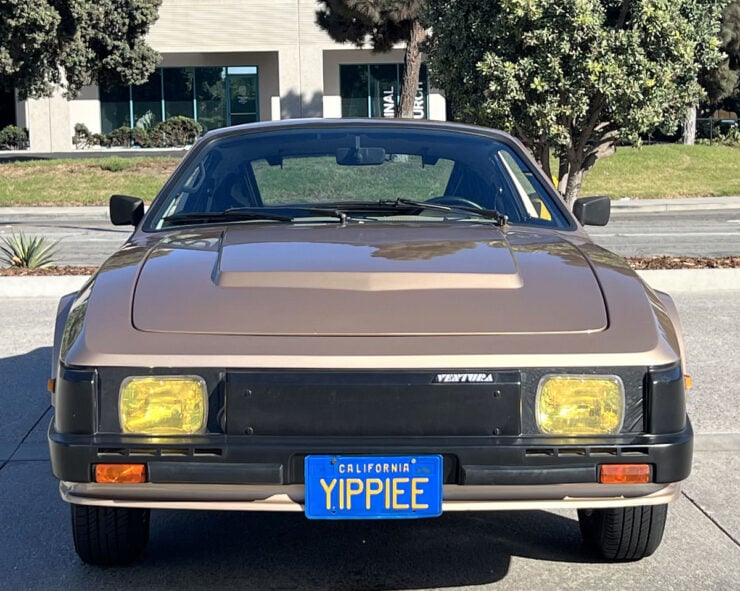
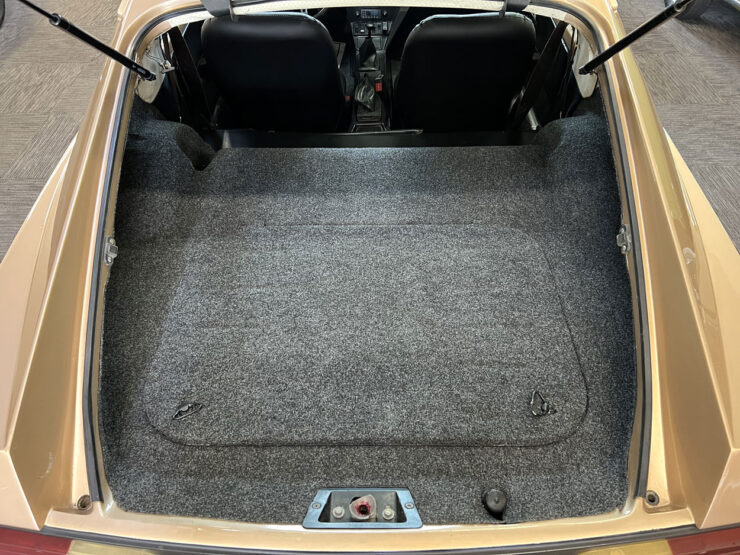
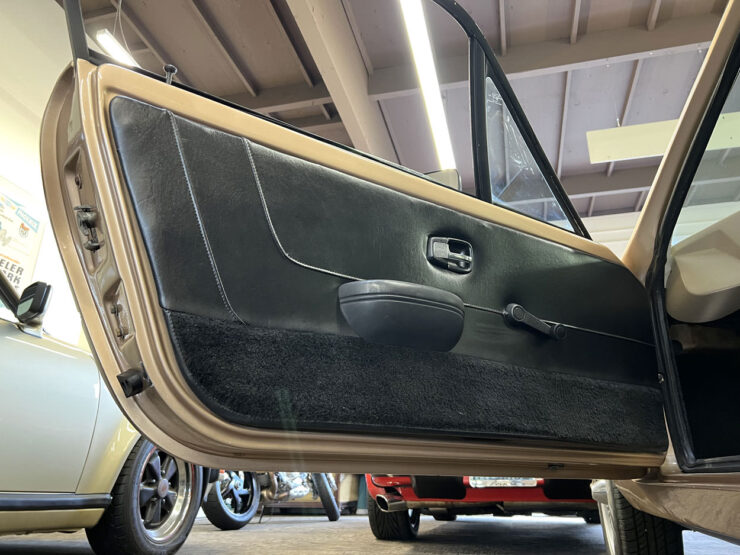
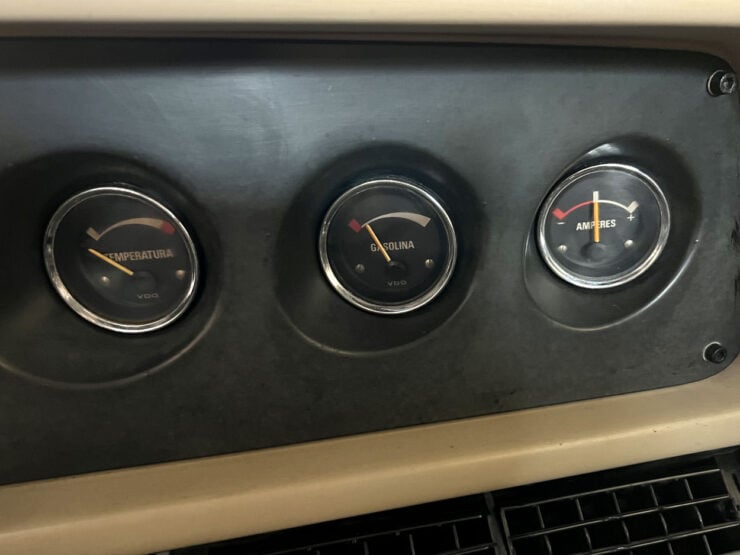
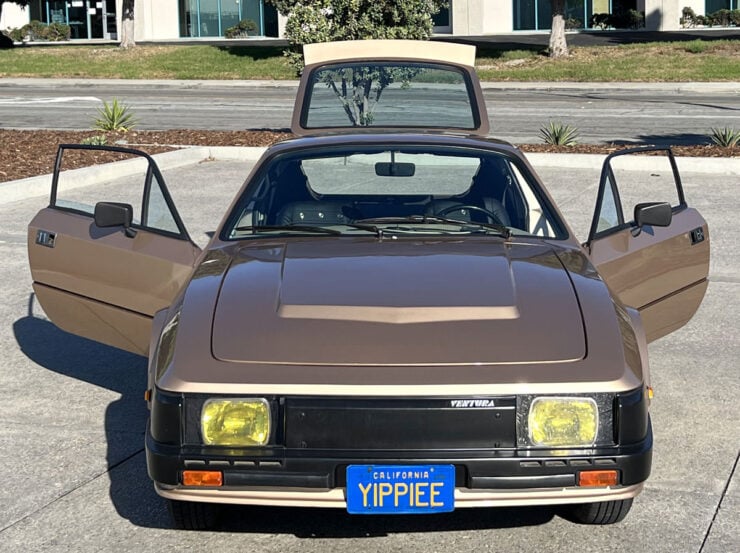
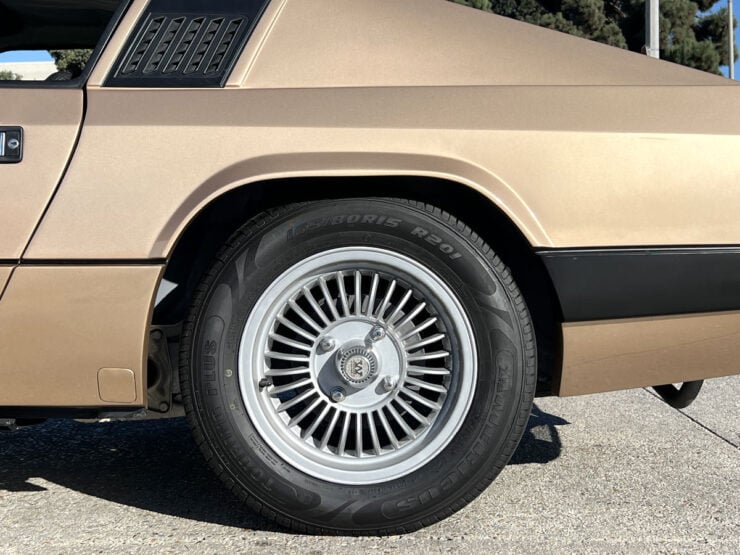
Images courtesy of Bring a Trailer

